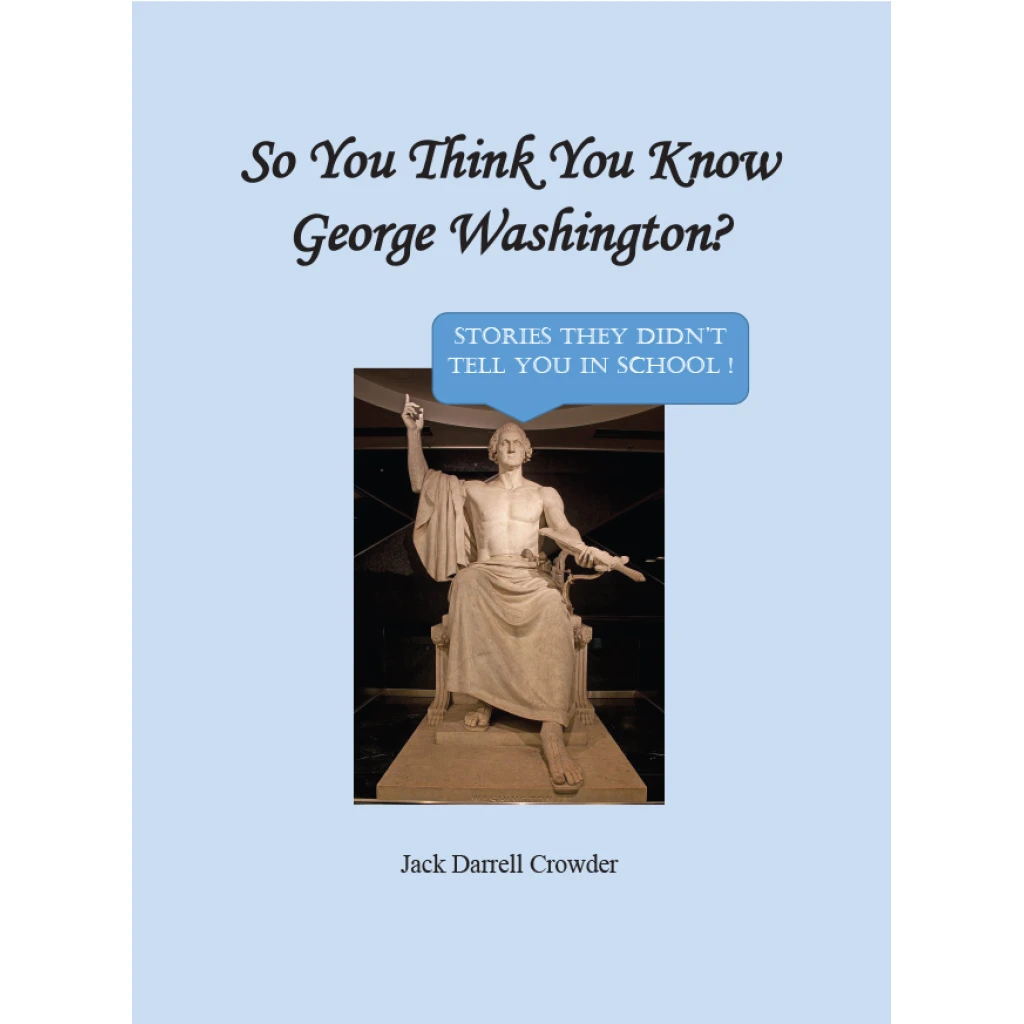Above, two of the bite-sized (6 inch by 6 inch) photo books I made to focus on very specific aspects of family history. I'm quite happy with both of them! Quality is good, color reproduction very nice, lots of customizable options for covers and interior layouts. One is from Shutterfly, which I've used for years, and one is from Mixbook, my first try.
These bite-sized photo books have been a hit with the younger generation, so I'm sure I'll make more later in the year. One recipient appreciated the pocket-sized book because it was "adorable and informative." Win!
Shutterfly
At left, the Shutterfly photo book about the WWII military ancestors in my Schwartz and Burk family trees. The six inch square size is measured on the outside covers, from spine to tip. Inside, the pages are 5 5/8 inches wide and tall. This is called an "instant book" on Shutterfly, with 20 pages included in the price of $23.98 with standard hard cover (today's price). Promotions are frequent, so wait for a discount! Professional and long-lasting, I crammed a lot of photos and a bit of text into one little book, and my audience was both pleased and fascinated, rereading and asking questions!
I love Shutterfly's nearly infinite options for customizing every aspect of a photo book, including lots of embellishments like frames for photos and fancy wording like "family." The pages are slightly thicker and have a slight sheen, very easy to read at a glance. It takes time to learn Shutterfly's customizing features, but the results are well worth the learning curve, whether you're making a photo book or some other project (family calendar, etc.).
Mixbook
At right, the Mixbook photo book about the Mayflower ancestors in my husband's Wood family tree. The outside size is 6 1/4 by 6 1/4 measured from spine to tip of cover. Inside, the pages are 6 inches high and nearly 6 inches wide. This is a "blank canvas" square book, with 21 pages included in the price of $26.18 with standard hard cover (today's price). Definitely watch for a discount! I didn't cram too much into this book, because I was only writing about 5 Mayflower ancestors plus some historical context and naming famous descendants of these ancestors, including President Franklin D. Roosevelt. Very attractive, a quick read and a mini-reference for the younger generation.
Mixbook has somewhat fewer options but also different options, including the ability to quickly and conveniently line up text or photos at top across two-page spreads. It took me less time to learn Mixbook's more intuitive customizing features because of my prior experience with Shutterfly, so the book came together fairly quickly. The pages are slightly thinner and glossier, adding to the polished look. NOTE: Be aware that if you change a Mixbook project within 30 min of ordering, that change will be in your book!
My preferences
I'm going to go with Mixbook in the future when I make more of these small square books, because its book has a definite size edge over Shutterfly.
On the other hand, I'm going to stay with Shutterfly for my longer family history books, because I know its customizable features so well.
Which is right for you?
Both are excellent choices for any photo book project, not just a family history project. Both have apps if you prefer to work that way--I use my desktop Mac so I can see every detail without squinting. Really, I like both Mixbook and Shutterfly for photo-heavy family history.
If you've never made a photo book before, I think Mixbook seems a little easier to pick up on your own, with awesome opportunities to customize your project. If you want nearly endless possibilities for colors of page backgrounds, covers, fonts, embellishments, I suggest you consider Shutterfly. Remember that extras cost extra on either site.
Let me encourage you to check out both sites on your own, note the prices of different sizes/types of photo books, and try a book about a favorite ancestor or some other particular element of your family tree--military ancestors, musical ancestors, a black sheep, an extra-special grandma.
No matter which site you choose, I think you'll be impressed with the quality of the photo book. Just remember to wait for a sale or coupon before you press the "buy" button ;)

















